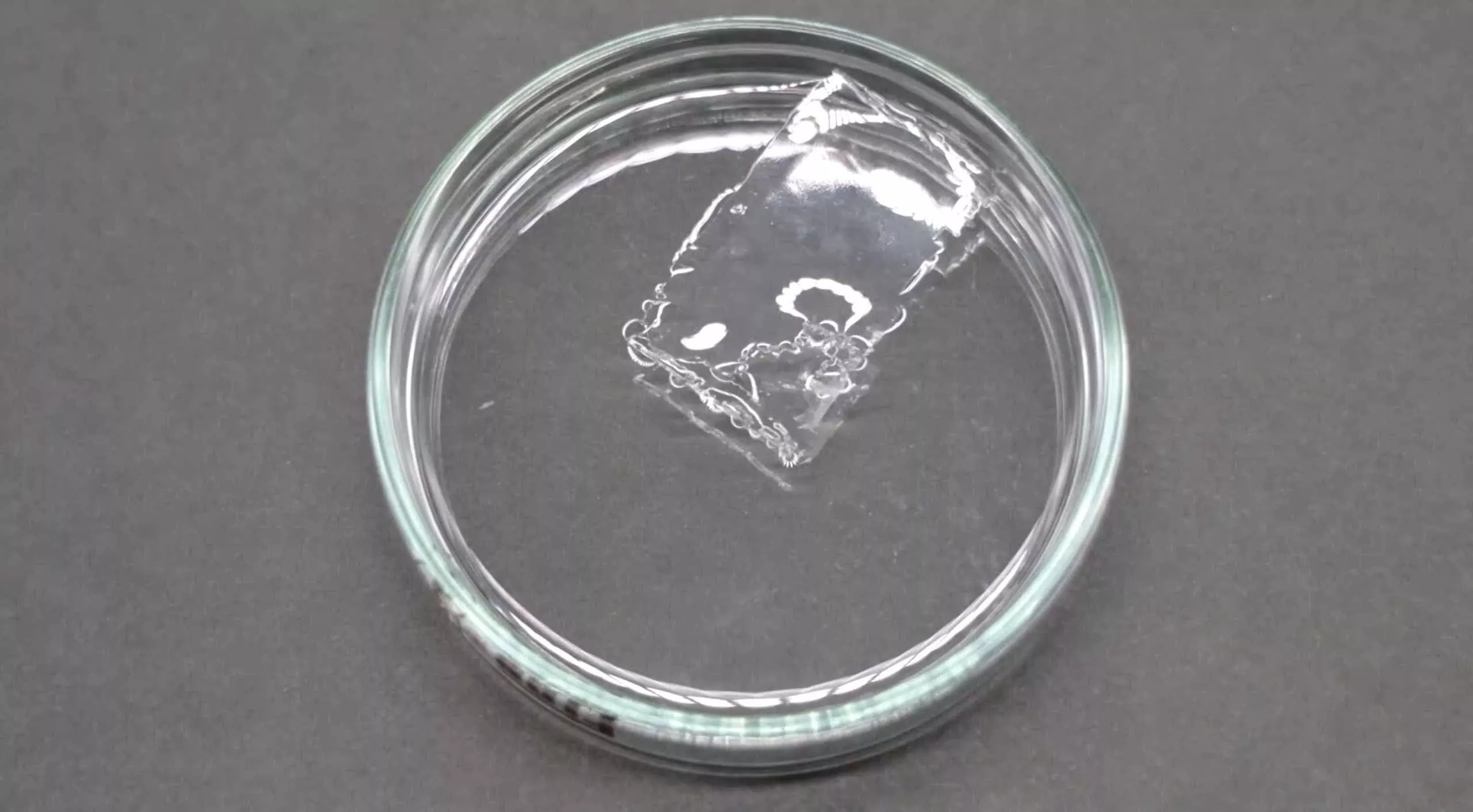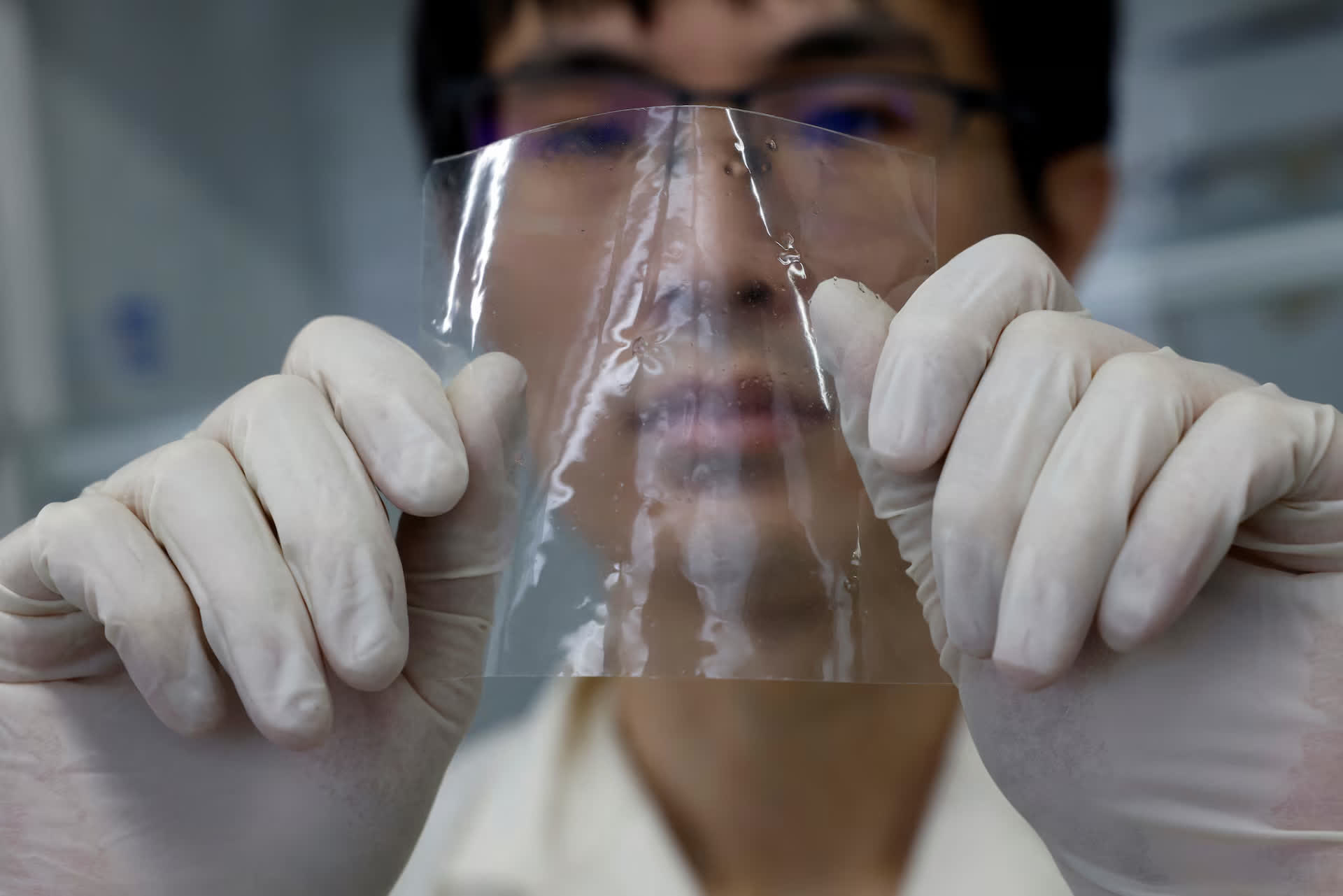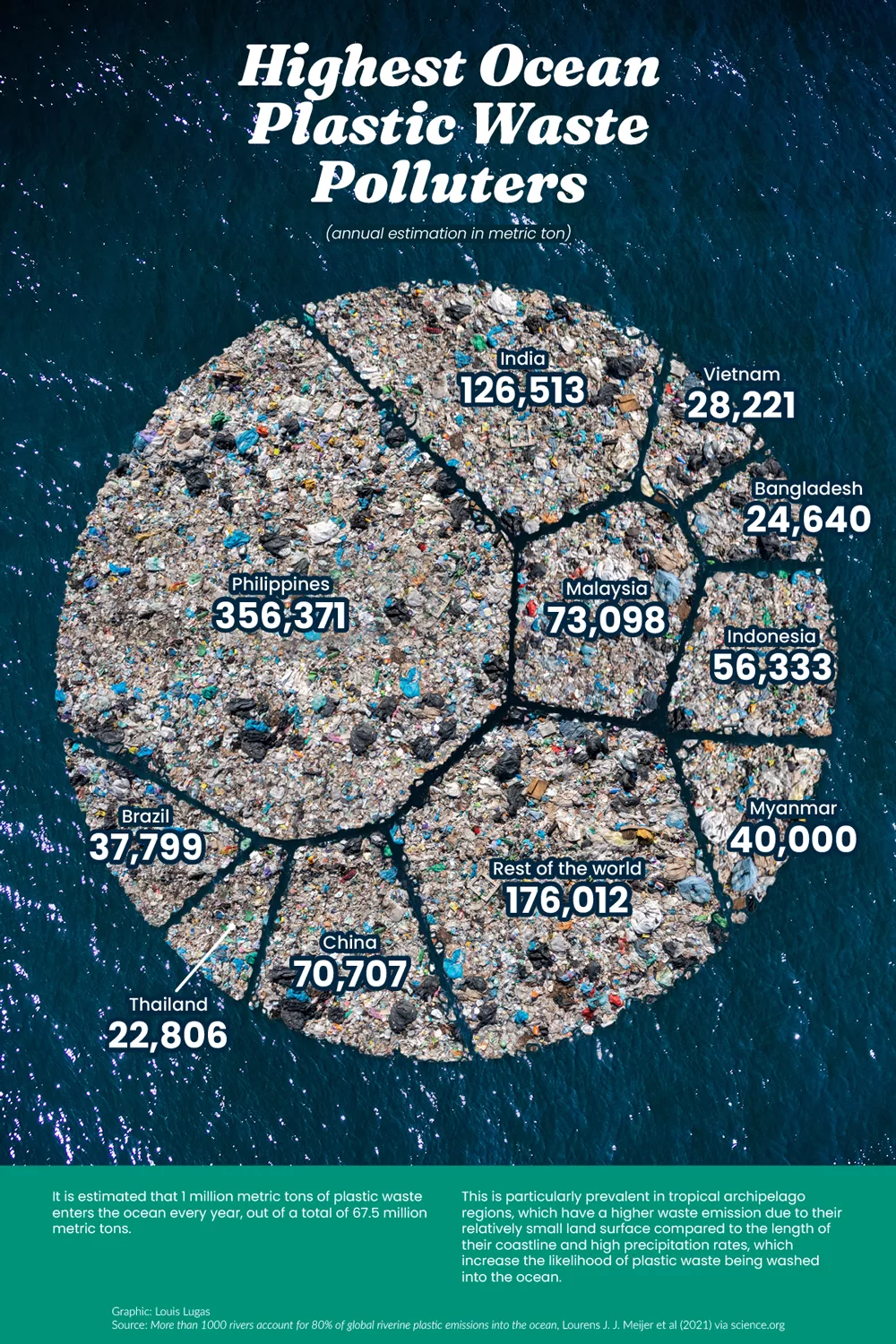Forward-looking: Plastic materials have become a cornerstone of modern life, but their widespread use has created a growing environmental challenge. Scientists worldwide are racing to develop sustainable solutions to plastic pollution, and a research team in Japan may have made a significant breakthrough toward that goal.
A team of Japanese researchers has developed a plastic material that disappears in seawater within hours, leaving no harmful residues. Designed to be more environmentally friendly than traditional biodegradable plastics, it breaks down without leaving microplastic particles to pollute the world's oceans.
Scientists from the RIKEN Center for Emergent Matter Science and the University of Tokyo developed the new plastic material. It matches the strength of traditional petroleum-based plastics but breaks down into its original components when exposed to salt. Naturally occurring bacteria then process these components, leaving no microplastic or nanoplastic contamination behind.

The researchers demonstrated their invention in a Tokyo-area lab, showing how a piece of transparent plastic disappeared in salty water after about an hour. Since salt is also found in soil, two inches of this material should fully break down after 200 hours underground.
Reuters notes that the material is non-toxic to humans, fire-resistant, and does not release carbon dioxide. When coated, it functions like any regular plastic product. The team is now focused on developing an optimal coating method, indicating the material is not yet ready for commercialization.
Project leader Takuzo Aida stated that several major industry players, including packaging companies, have expressed strong interest in the team's research. He also expressed his hope for a world free of harmful polluting materials.
"Children cannot choose the planet they will live on," Aida said. "It is our duty as scientists to ensure that we leave them with best possible environment."
Plastic waste is a major contributor to the growing environmental problems facing our planet. The United Nations Environment Programme predicts plastic pollution will triple within the next 15 years, adding 23 to 37 million metric tons of waste to the oceans annually.
Many supposedly biodegradable plastics have also contributed to the problem, as they don't fully break down and leave behind harmful microplastics. Studies have found microplastic and nanoplastic fragments in the brain and other human organs.
Scientists develop plastic that dissolves in seawater within hours

